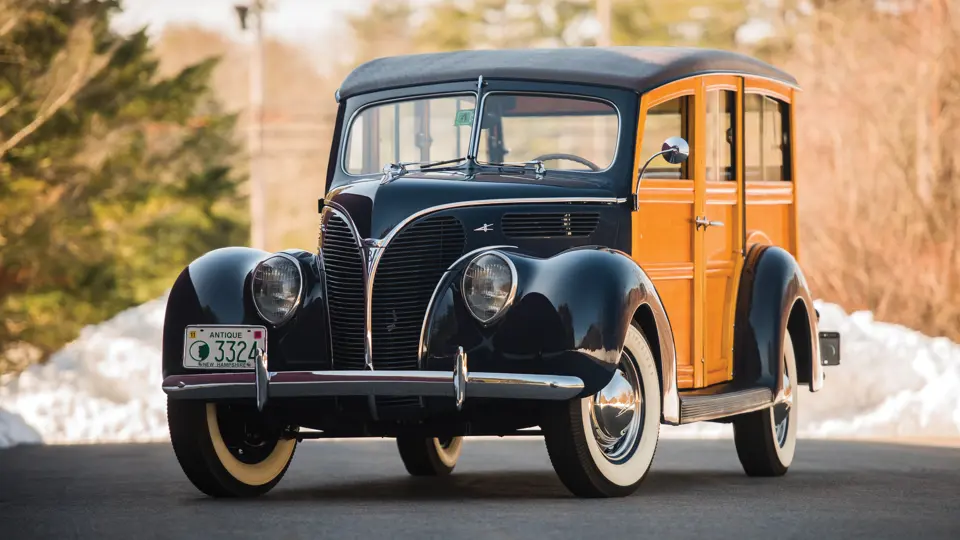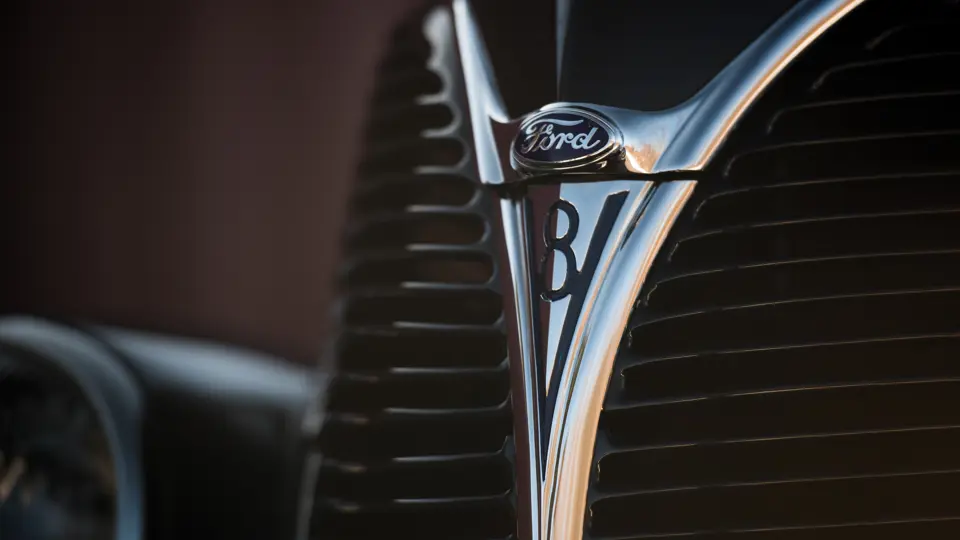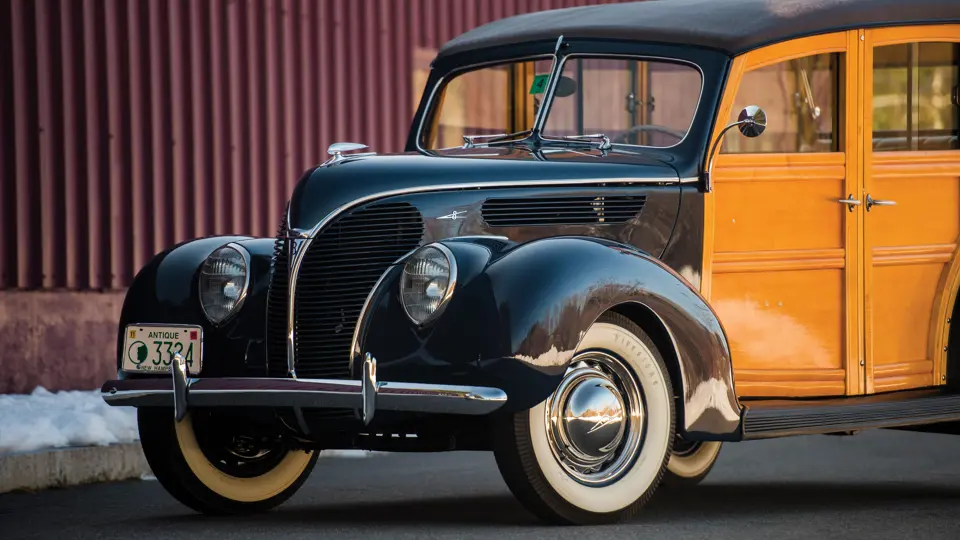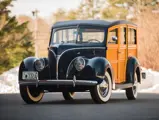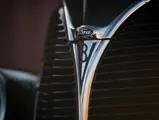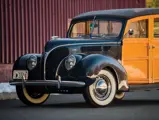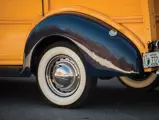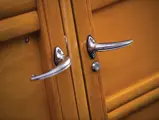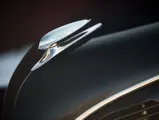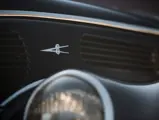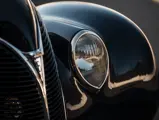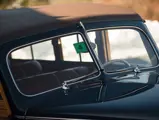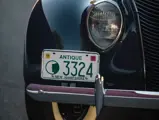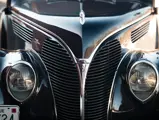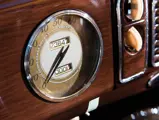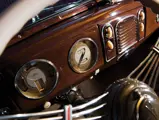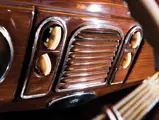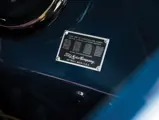
1938 Ford V-8 Station Wagon
{{lr.item.text}}
$78,400 USD | Sold
Offered from the Dingman Collection
{{bidding.lot.reserveStatusFormatted}}
- Offered from the Dingman Collection
- Formerly of the famous Jack Hogan Collection
- Roush-rebuilt 24-stud V-8 engine
- 12-volt power and hydraulic brakes for modern touring
In 1938, for the first time, Ford’s Standard and DeLuxe series were differentiated by their front-end sheet metal. Through 1940, each year’s Standard cars had hoods and grilles similar to the previous year’s DeLuxe, with slight differences, while DeLuxe cars had a completely different look. For station wagons, 1938 marked a milestone: they were finally recognized as passenger cars, elevated from the commercial catalogue.
Standard model cars had a modified 1937-style grille and hood, while the DeLuxe models, the first to be styled by E.T. Gregorie’s new design section, adopted a heart-shaped motif. All cars were available with the 85-bhp V-8, while Standard models could be ordered with the economy 136-cu. in. 60-bhp unit. In mid-year, Ford upgraded the 85-bhp engine by adding three head bolts per side – these became known as “24-stud” engines.
On station wagons, the spare tire was moved inside, attached to the bulkhead behind the driver’s seat and furnished with a canvas or artificial leather slip-over cover. The body was newly configured, the five horizontal panels of 1935–1937 giving way to a two-panel configuration. Sliding glass windows in the rear, optional in 1937, were made standard. For 1938, the station wagon was available as a single model, though not formally designated as a DeLuxe, but with the new DeLuxe grille. Just 6,944 were built.
Acquired from noted Ford collector Jack Hogan of Aurora, Colorado, in March 2001, this 1938 Ford wagon is ready for road touring. It has a 24-stud engine rebuilt to exacting standards by Roush Performance Products, and the brakes have been converted to hydraulic operation for greater safety in modern traffic. It has also been rewired for 12 volts, to power a modern stereo system and other passenger comforts. These remain hidden, the radio using a period-type windshield header-mounted folding antenna. The car also has a hot-air heater–defroster on the right exhaust manifold.
The paint, in Ford’s Washington Blue, is exceptional, exhibiting a deep shine with no surface flaws. The roof is covered in correct brown artificial leather, while the glass is all in excellent condition and etched with the correct Ford oval. There is a single exterior rear-view mirror on the driver’s door hinge. The instrument panel, in dark wood-grain, has the characteristics of an older restoration, and the instruments are in similar condition. The odometer reads 73,567 miles. The seats are upholstered in brown leather, and the front floor has brown carpet while the rear compartment has brown diamond-pattern mats. Observant onlookers will notice that the spare tire has been moved from its original location behind the driver’s seat. The seat itself has been moved back about eight inches, giving greater legroom and comfort.
The engine compartment is clean, but gives evidence that the car is meant for the road. Hoses and clamps are of a modern type, and the updated wiring is evident. The engine, however, outwardly looks entirely stock for a 24-stud Flathead. The magic of its Roush-bred internal organs becomes apparent only when under way. Firestone 6.00 × 16 double whitewall tires with spider trim on standard rims give an extra measure of panache to the otherwise stock-looking station wagon.
A wolf in sheep’s clothing, perhaps, it will best be enjoyed on the open road.

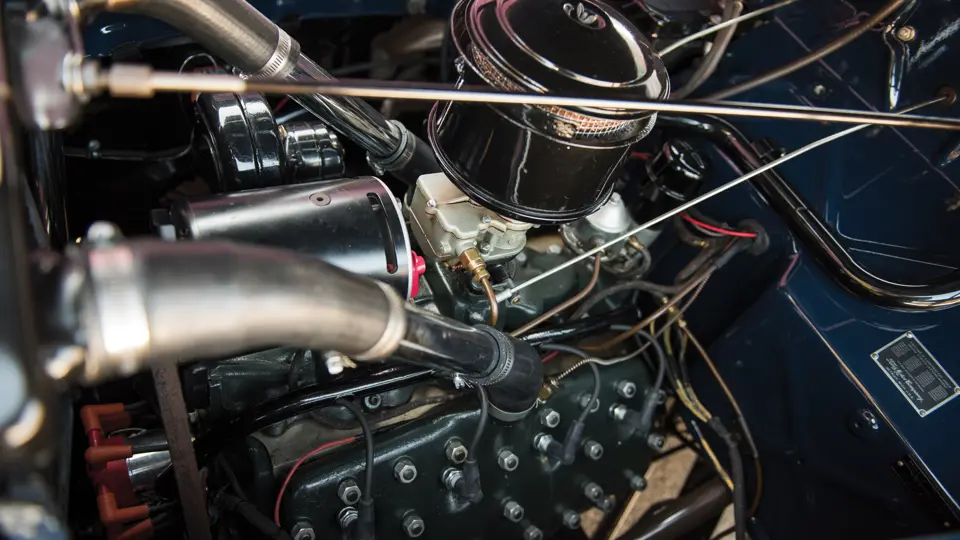
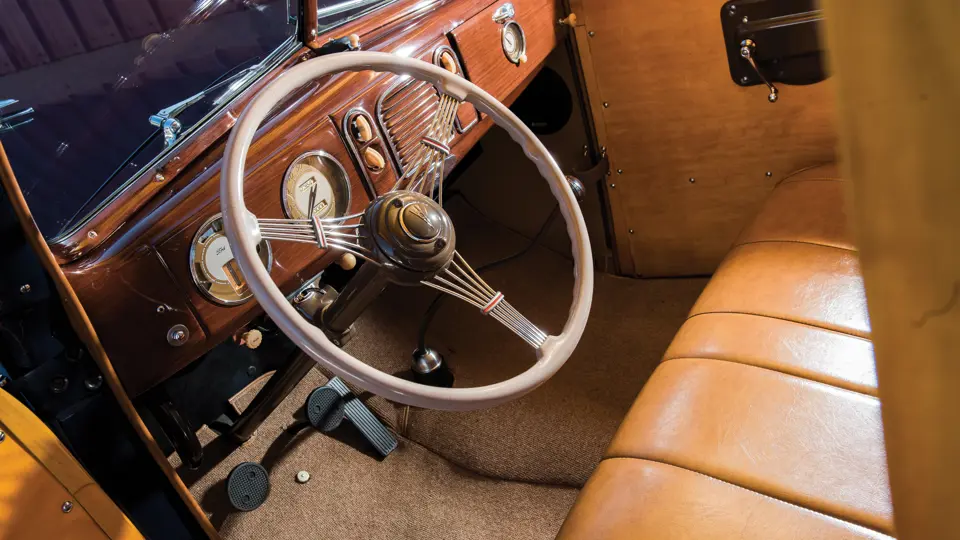

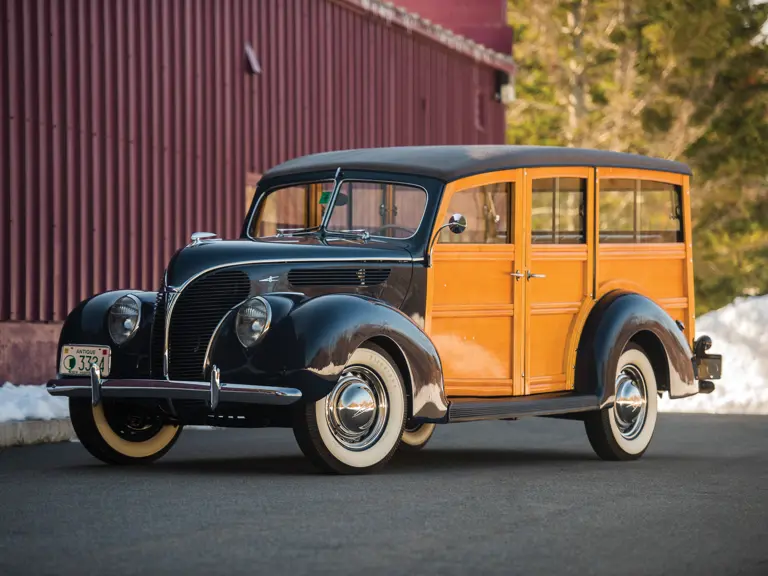
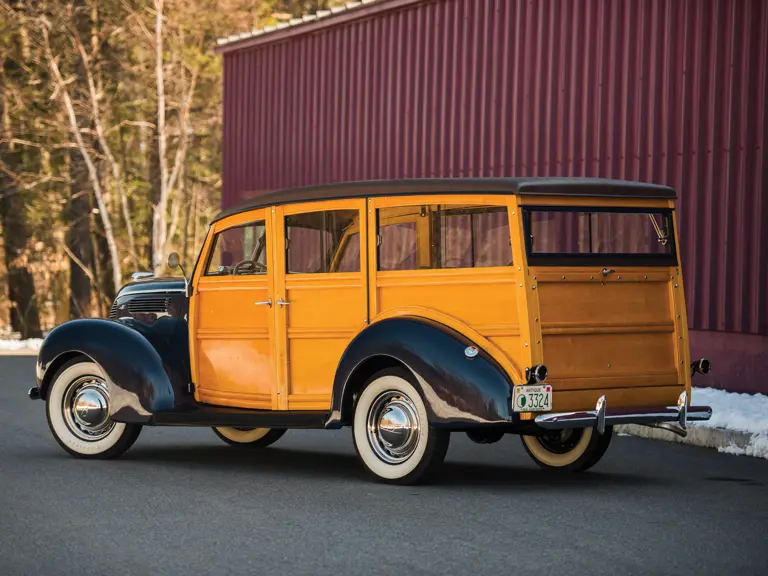
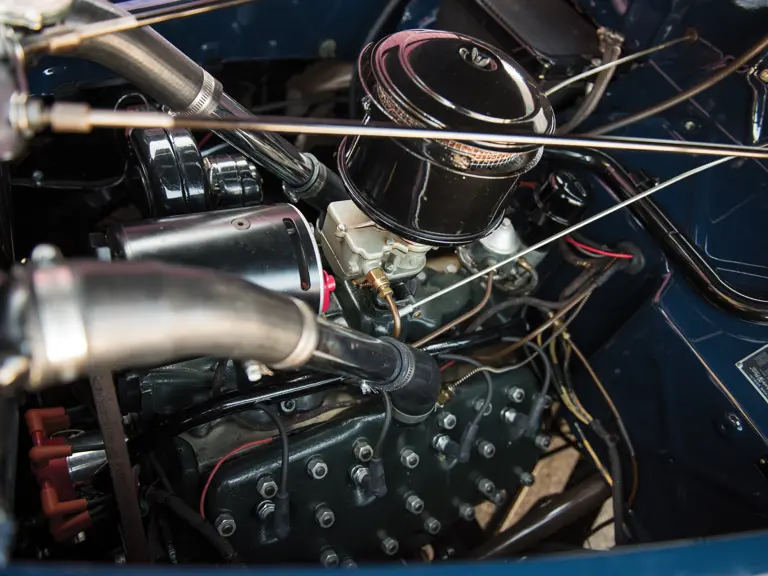
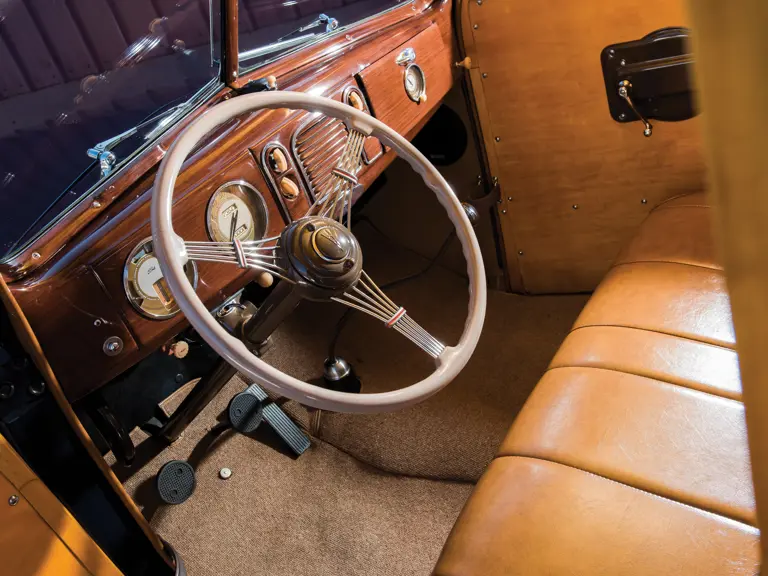
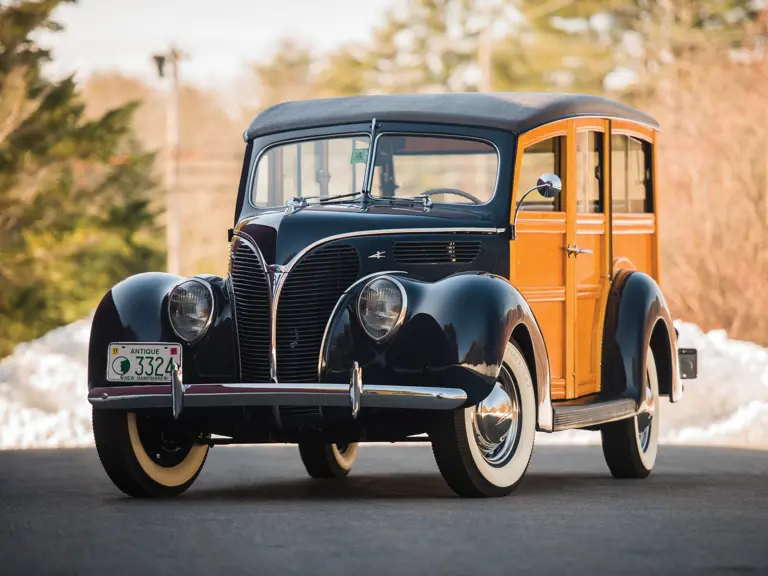
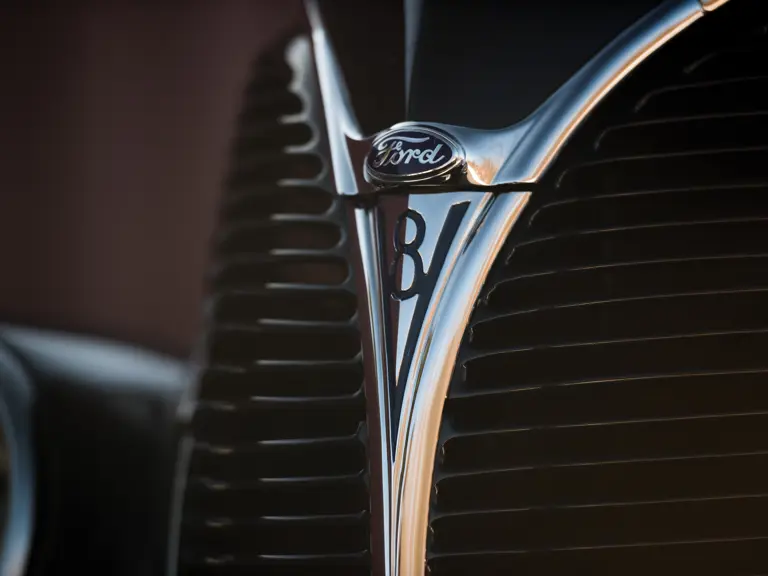
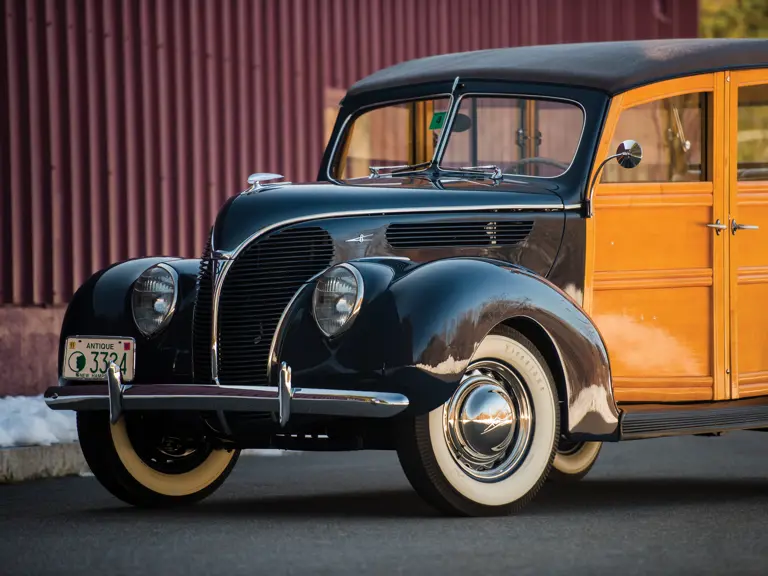
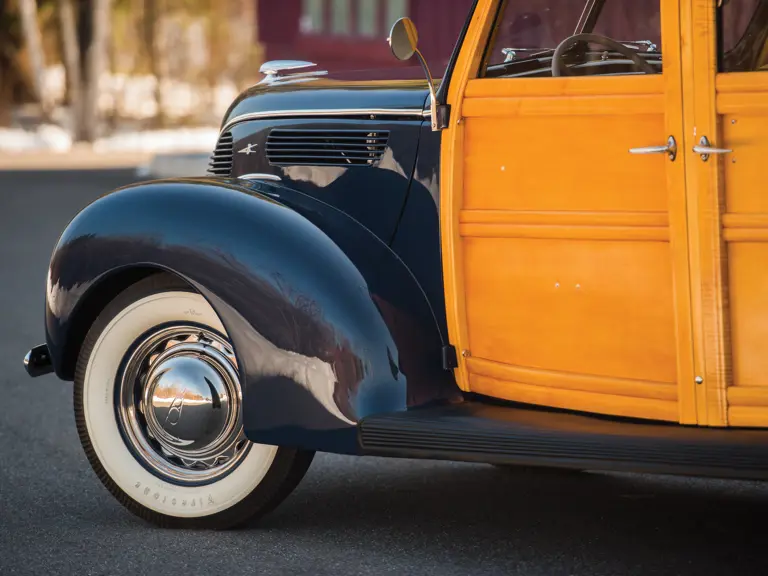

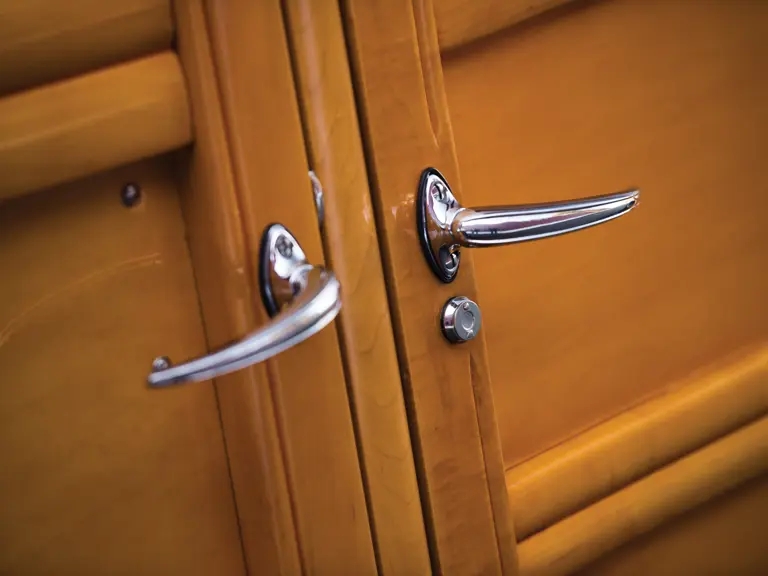
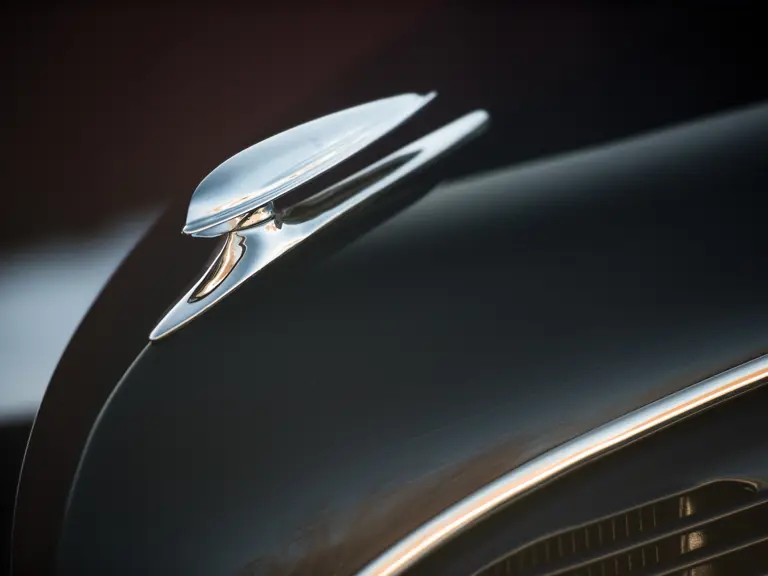
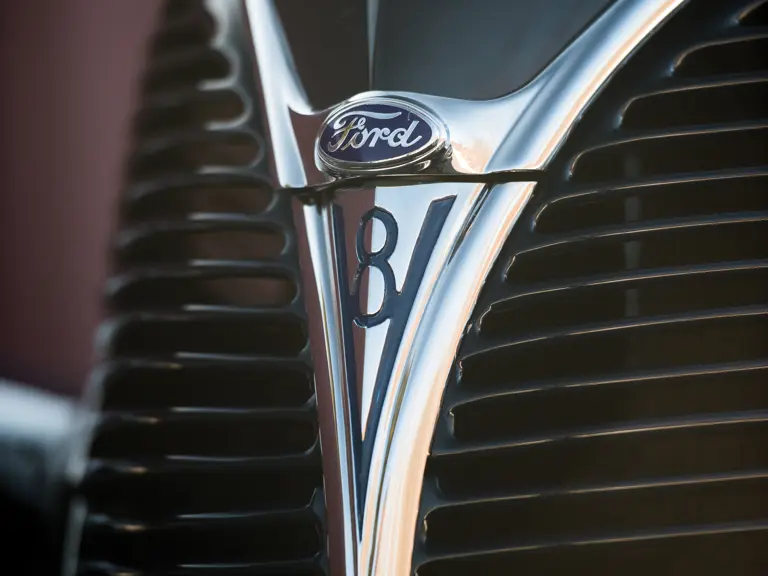

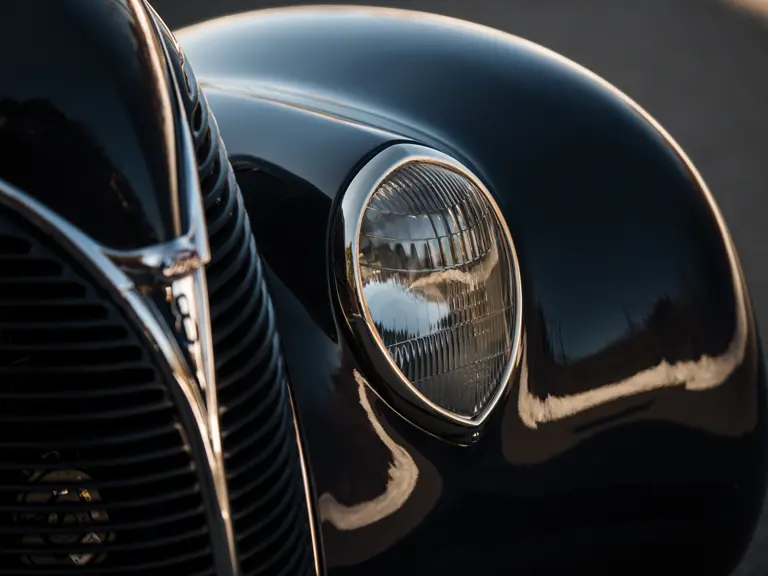
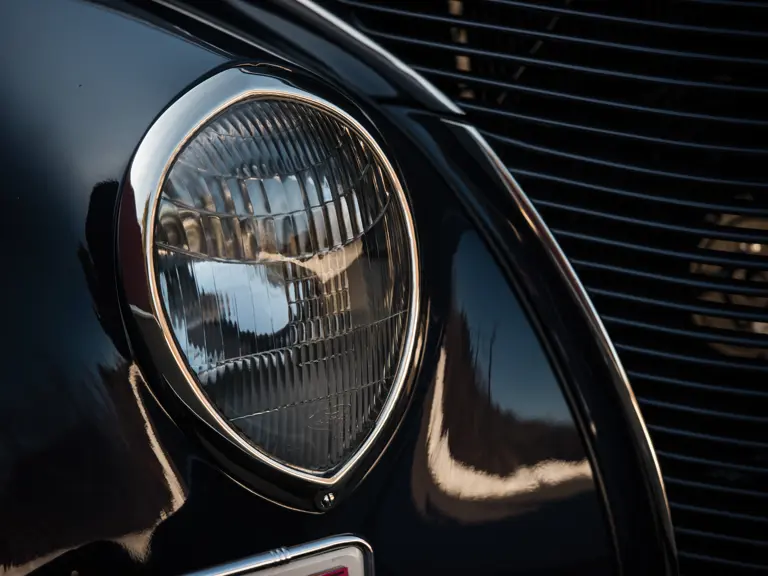
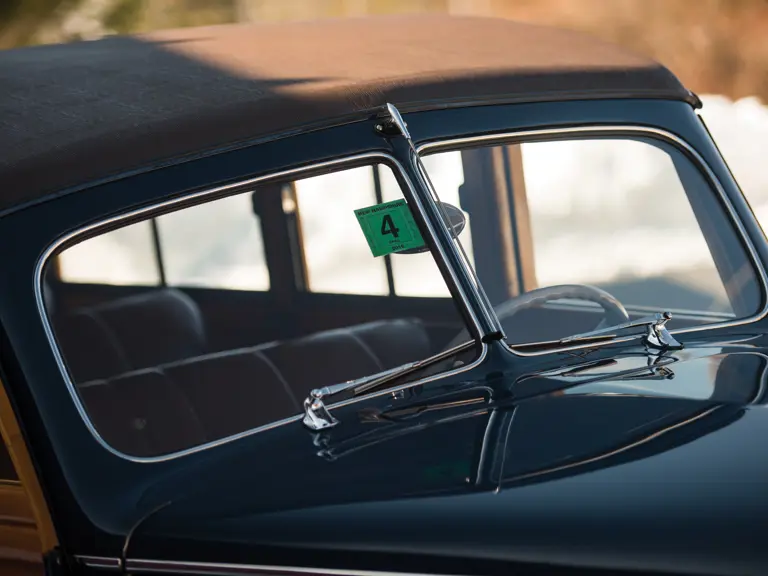
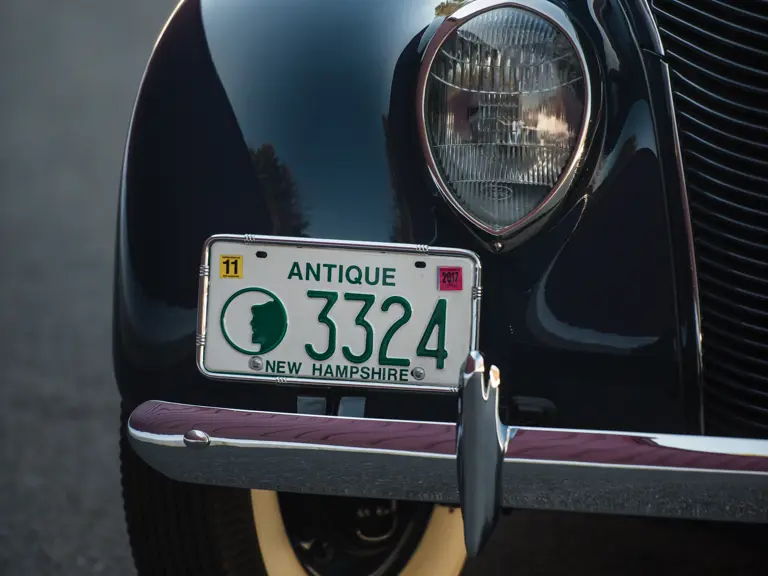

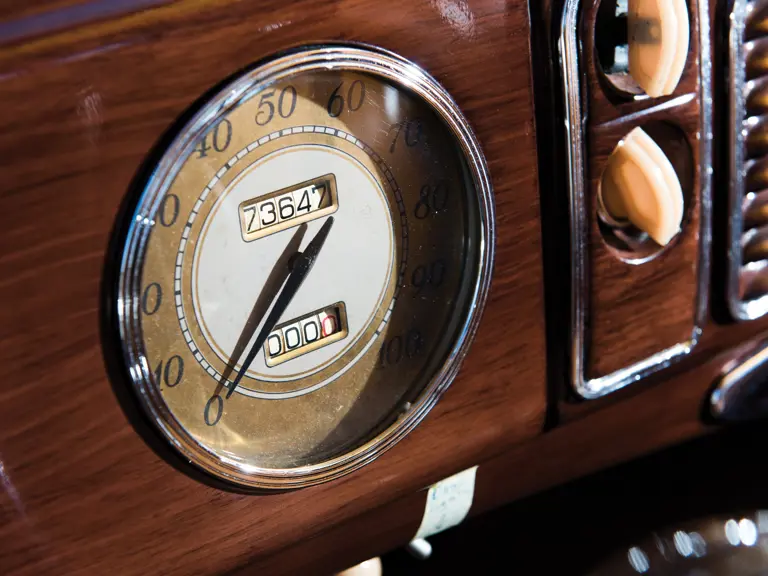
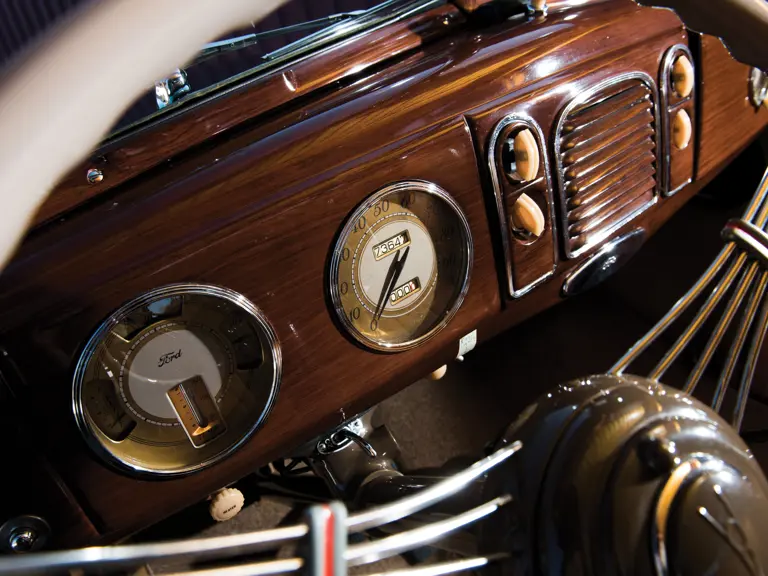
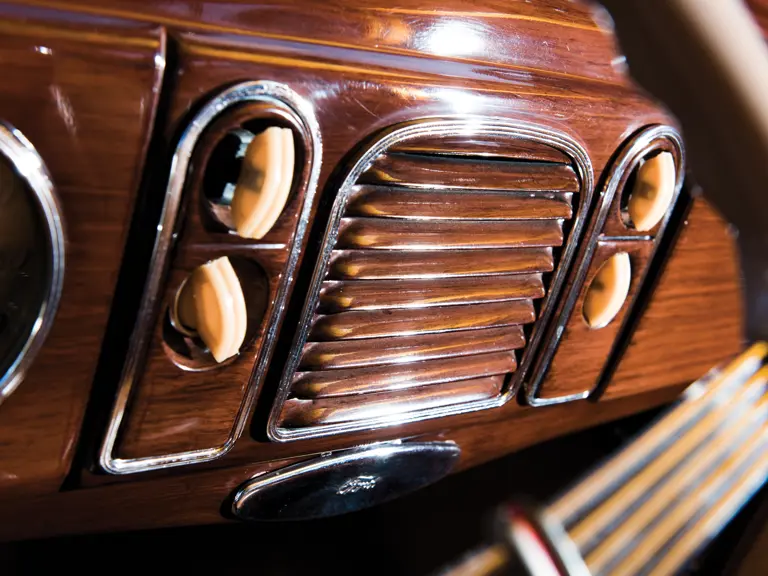
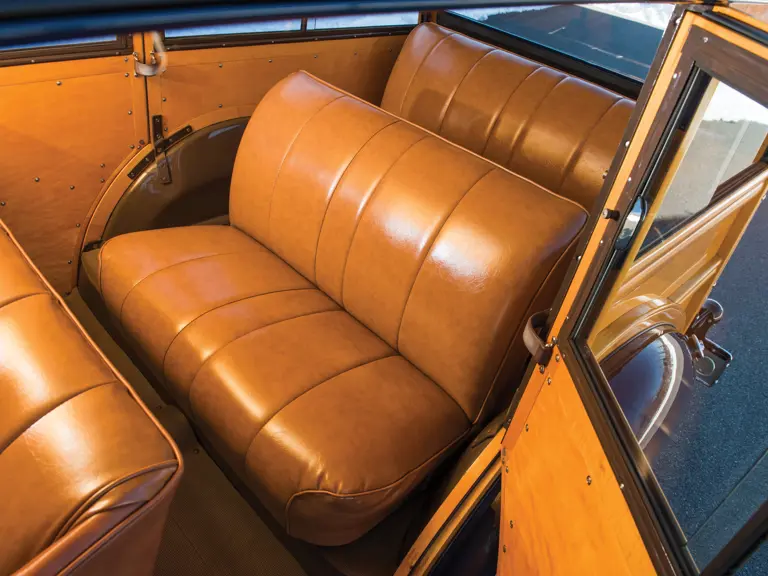
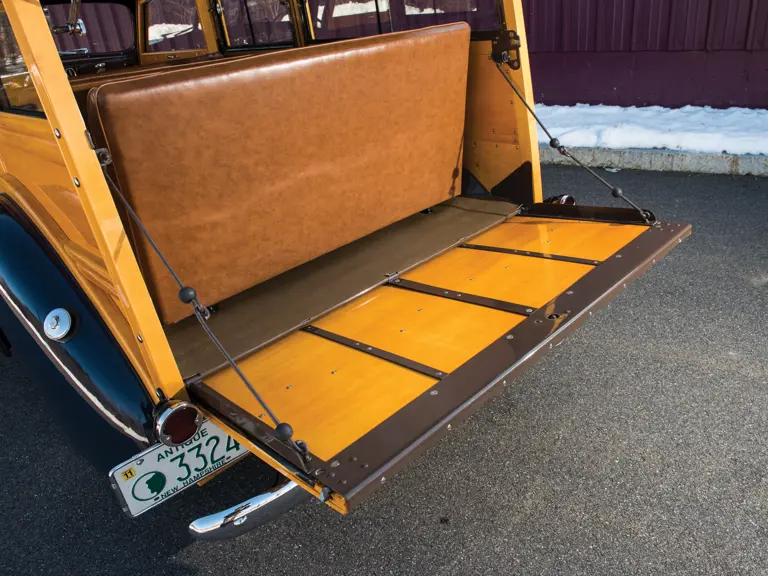
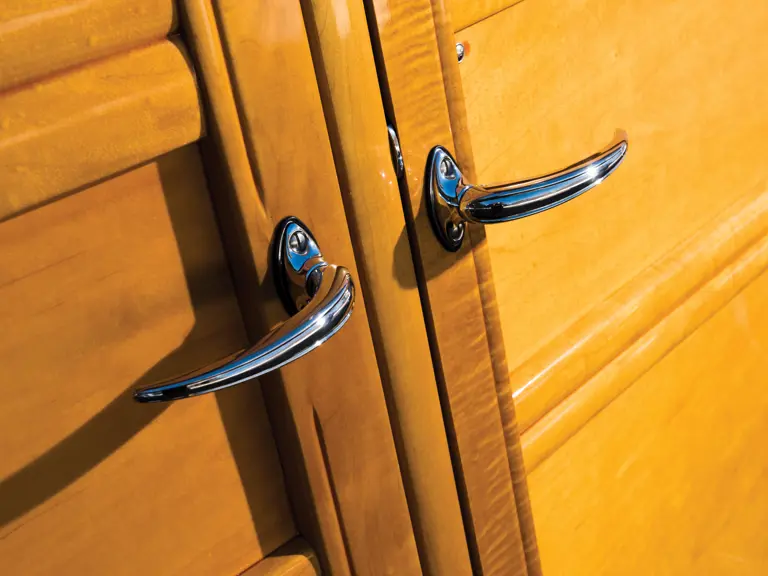

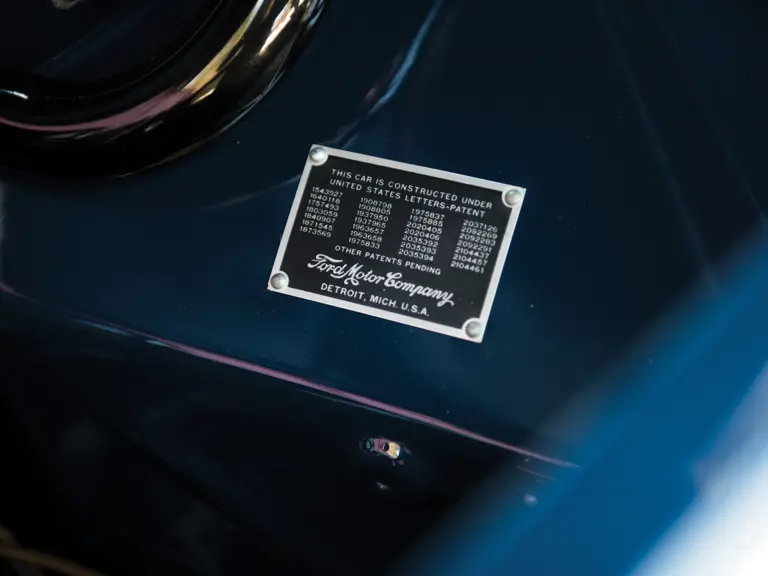
 | Hampton, New Hampshire
| Hampton, New Hampshire
